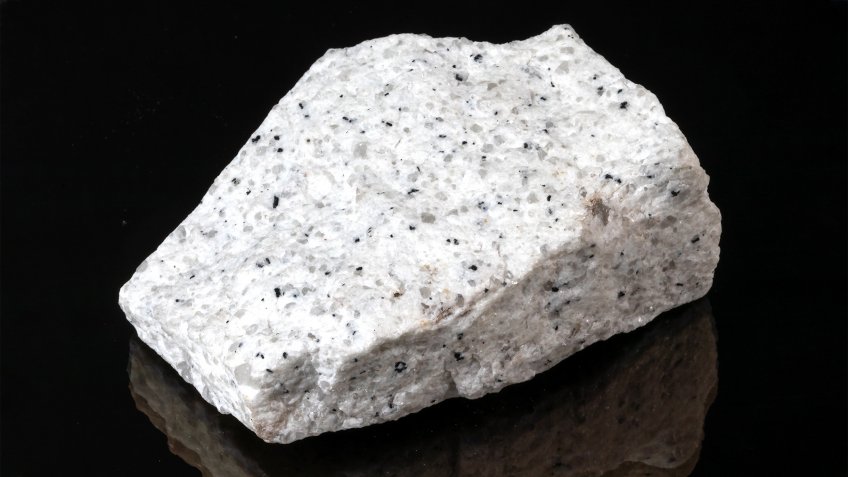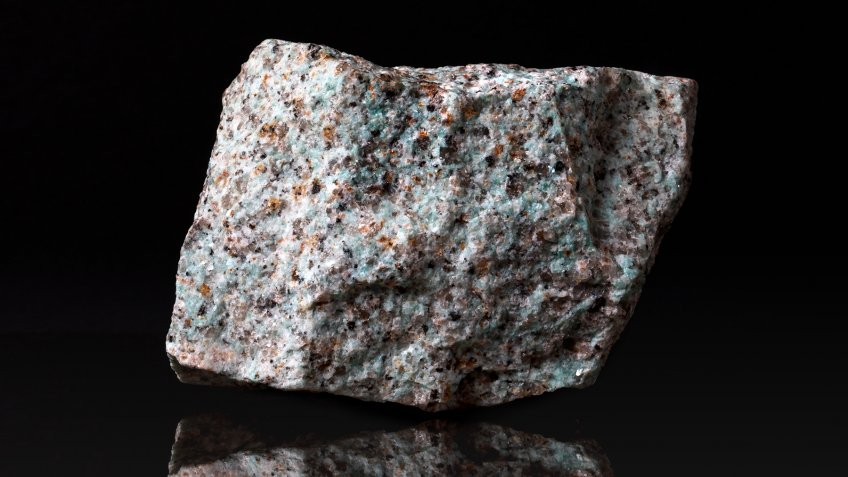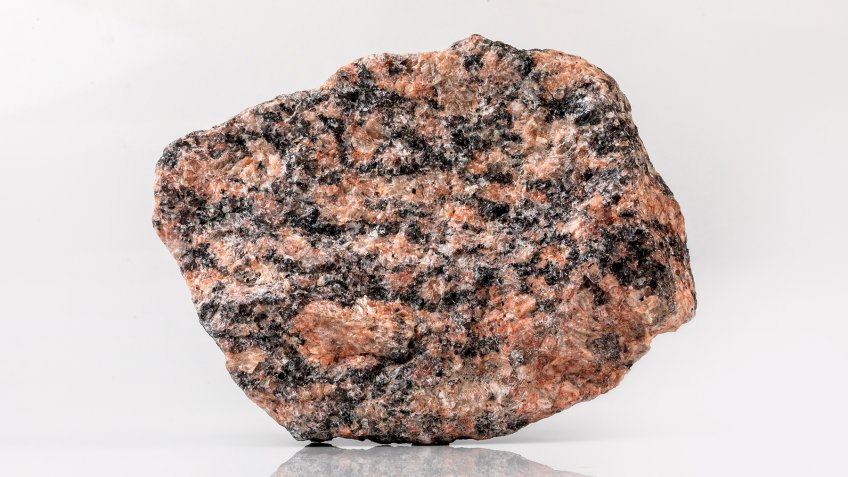
Granite is the name of the rock that mankind has been using for improvement since the dawn of time. The Egyptians were the first to pay attention to this stone. They used granite blocks in combination with limestone to build the largest Cheops Pyramid - the only one of the original "Seven Wonders of the World" that has survived to this day.
The stone for it was quarried a thousand kilometers away from the structure being built, and it was also worked there. To know the exact place of the part in the overall construction, each of them had a special inscription. Paint was also used to write the so-called address, which is the common name of the building. Thanks to such marks, archeologists of the XX century who studied pyramids for the first time, managed to establish to whom exactly belongs the largest of them. On one of granite beams in a tomb crypt the name of the pyramid's owner – Khufu (also called Cheops) was preserved.
The tradition of using granite existed in the Roman Empire, where not only roads were built with this material, but also one of the greatest structures of Roman history: the Pantheon, or Temple of all the gods. This is the largest domed structure in the world and today is the burial place of prominent people of Italy.
The greatest construction associated with granite can rightly be considered the improvement of St. Petersburg in the middle of the XVIII century. Before this time the embankments of the Northern capital were wooden and by the decree of Catherine the Great, they had to be urgently replaced by granite ones. At first all the grandiose construction was done manually by ordinary peasants. For 200 years, the total amount of masonry, which was carried out in St. Petersburg was 1.5 million tons of granite. In St. Petersburg not only embankments are made of this stone, but the buildings which form the face of the city. Among them is St. Isaac's Cathedral, which took forty years to erect. The columns, almost 20 meters high and weighing over 100 tons each, were made of Finnish marine granite. In order to get the monolithic pieces for such massive products, the quarry workers had to make a marking right on the steep granite rock, punch holes and insert iron wedges into them. Then wait for the formation of a crack and with the help of ropes, each of which involved forty people, move the block of granite away from the rock.
Another no less recognizable granite structure is the Pillar of Alexandria, the tallest column in the world, made of monolithic granite. For its main part they used the rock, which the sculptor Montferrand specifically found in Finland. Monolith processing took six months, while three hundred people were working daily. The column was being transported on water. The pillar was so heavy, that the bars were tied so tightly... To the point that it almost fell into the water. After that, six hundred soldiers had to load the monolith.
The popularity of using granite in construction is due to its properties noticed by mankind in ancient times. Granite is considered the most durable and stable material. Products made of it can serve for several thousand years without external changes. Granite buildings can stand for 500 years without deforming even under the influence of constant winds, scorching sun, high humidity or low temperatures. Granite contains radioactive elements such as uranium, thorium and radium. However, not all stones are actually dangerous. It all depends on the concentration of harmful inclusions, which is determined as early as at the mine site, and can vary even within a single slab. Those samples whose radiation levels are exceeded are not used in construction.
Each area has its own datasheet with an indication of the exact parameters of the raw materials extracted here and recommendations for their use. In addition to construction, one of the promising uses of granite is as a raw material for natural uranium mining.
Translated by Diego Monterrey, for Northwest Forpost.





